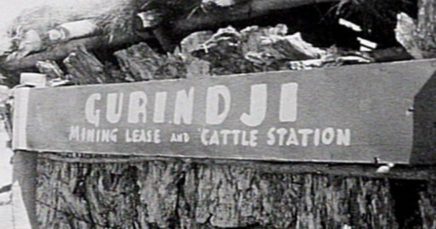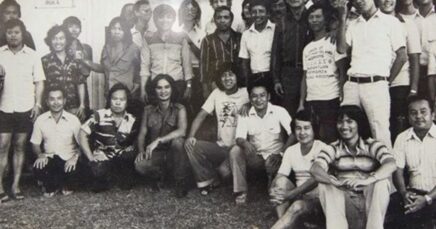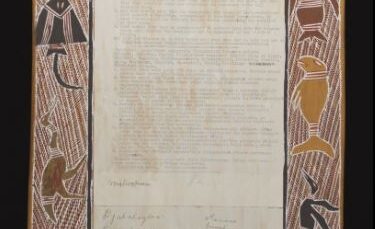
On 21 April in 1856, building workers in Melbourne took strike action and won the eight-hour day as a general industry standard.
In the 1850s large numbers of migrants came to Australia because of the immense wealth of the gold rush.
Many of the stonemasons who came to Australia because of the boom of these years had previously been activists in the workers movement elsewhere.

This was true of James Stephens, president of the Operative Stonemasons Society in Melbourne, and James Galloway, the society’s Secretary, both of who had been part of the British workers’ movement known as Chartism.
They brought traditions of activism down under, and helped found new workers’ organisations like the Stonemasons’ Society in Melbourne – and a similar society in Sydney.
In both Melbourne and Sydney, Stonemasons campaigned for a reduction in their workday. It was common in the industry at the time for workers to toil for 10 hours a day.
In Sydney, in 1855, sources suggest that Stonemasons on two worksites took action and won the eight hour day. They showed it was possible! But the struggle continued to make this a standard across the industry.

So workers got organised.
In Melbourne, on the 26th of March, Stonemasons and employers held a mass public meeting to discuss if the eight-hour day would be implemented.
James Galloway that social considerations have to be taken into account when deciding industrial conditions, not just what he described as the:
‘ethical absurdity, entitled the laws of supply and demand.’
It was declared at the meeting that the eight hour day would begin as the new industry standard from 21 April.
But not all employers agreed – and two large employers opposed the shortening of working hours without a reduction in pay. One of these employers had been contracted to build the Victorian parliament house building on Spring Street.
On 21 April, Stonemasons working at the University of Melbourne, led by James Stephens, stopped work and marched into the city to demand the eight hour day across the industry immediately.

As the protest continued, Stonemasons from other building sites joined the march.
This march was intended to ensure compliance with the new standard, and to pressure the final employers to cede the right.
It ended up at the parliament house, where the workers there declared they would strike until the demand for an eight-hour day was met.

James Galloway explained in a letter to a prominent newspaper, that most of the Stonemasons on the march had already been granted the eight hour day. But, as he said:
‘we considered we were not justified in accepting the boon from our employers unless it could be universal in its operation, so that all contractors might have a fair chance.’
In other words – they would take action to make sure all Stonemasons had the eight-hour day – an act of solidarity, and one that would ensure they right was not just won, but maintained, in years to come.
Soon, the final employers conceded the demand – the eight hour day with no loss of pay as a general industry standard.
It was an international benchmark – a defining victory that we have celebrated proudly ever since.

What drove the Stonemasons to take this extraordinary action?
James Galloway gave voice to the Stonemasons who had come to Australia from elsewhere with hopes of creating a better life, saying:
“we have come 16,000 miles to better our condition, and not to act the mere part of machinery.”
The Stonemasons were doing more than asserting an industrial right. They were asserting the fundamental humanity of the working person.
The Stonemasons were insisting that as well as working hard, they had a right to decent rest and some recreation. Our lives, they argued, should not just be about the work we do.
Today, we call this the work/life balance – and it has always been the union movement who have campaigned for a decent work/life balance for all working people.
The Stonemasons didn’t wait for anyone to give them this right, they got together, organised, and took action. They won it.
Today, we proudly remember them and their struggle. But we know, this struggle does not just belong to the past. Too many workers today are denied decent and liveable working hours. Either working way beyond eight hours, or struggling to get enough hours each week to make a living, a genuine work/life balance is out of reach for too many workers.
This is why we need strong unions. Our opponents are taking us back to the past – reducing our working rights, and making things tougher for workers.
Inspired by the past, unions campaign today for a better future for working people. Are you in?
Looking to find out more?
You might be interested in The Time of their Lives: The Eight Hour Day and Working Life, edited by Julie Kimber and Peter Love, and published by the Australian Society for the Study of Labour History. More details available here.



